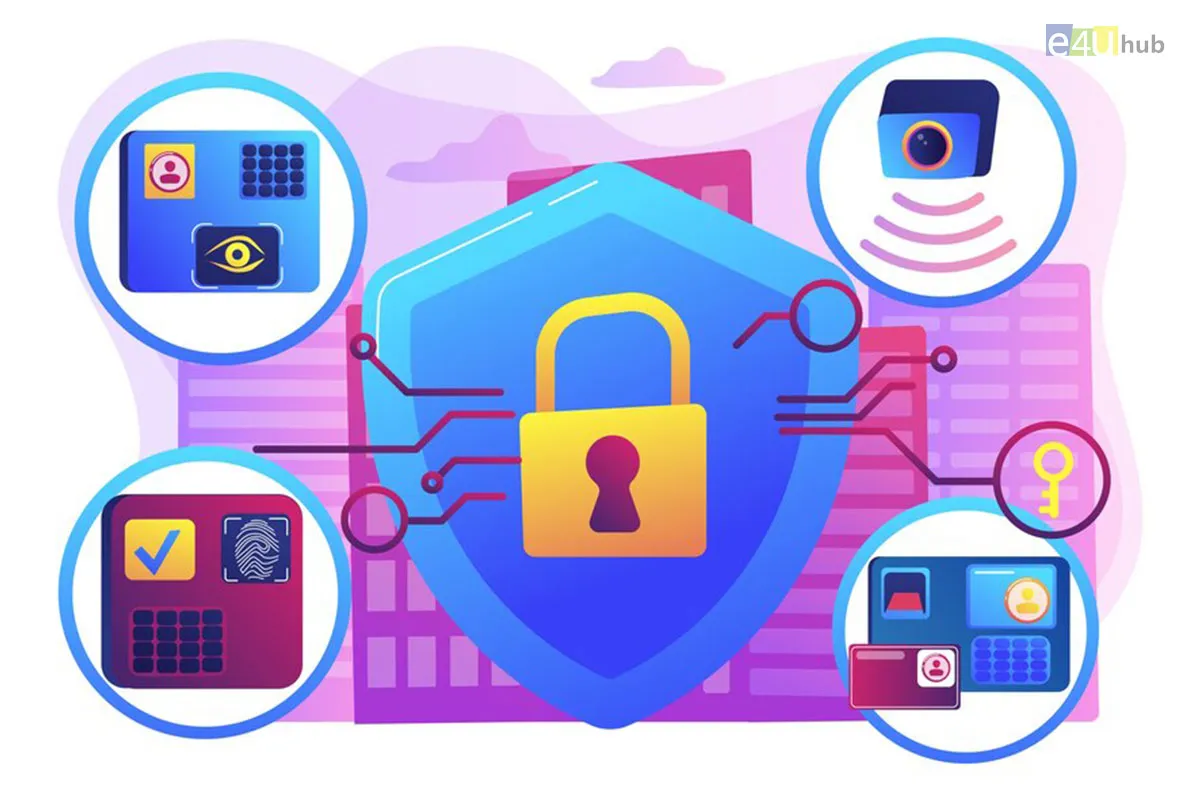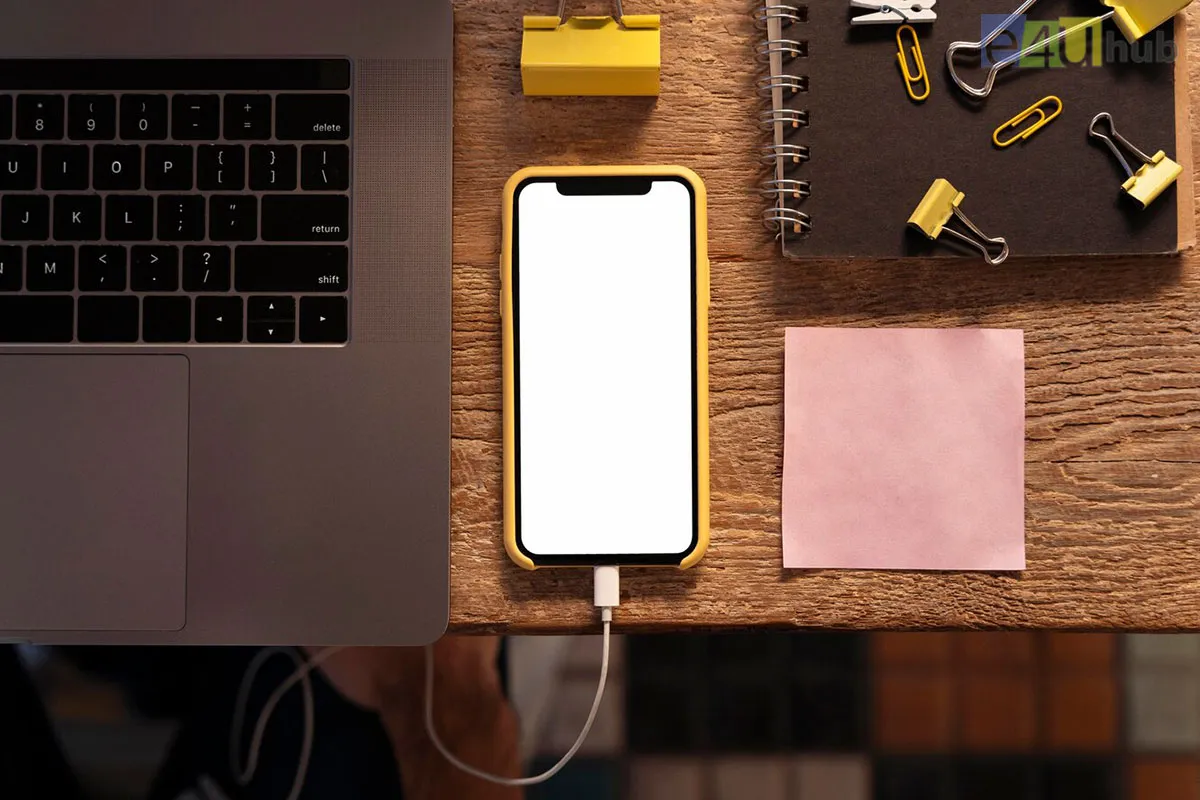
Is Your Wi-Fi Spotty? Learn How to Fix It Fast
- 02 Apr, 2025
- Tech
- 442 Views
- 0 Comments
A spotty Wi-Fi connection can be incredibly frustrating. Whether you're trying to stream your favorite show, attend a crucial video call, or simply browse the web, a slow or unreliable connection can disrupt your entire day. But don't worry—before you give up and blame your internet service provider (ISP), several quick fixes can help you restore your Wi-Fi speed and stability.
In this blog, we’ll walk you through some common reasons for spotty Wi-Fi and how you can resolve the issue quickly and effectively. So, let’s dive into some simple troubleshooting steps to boost your connection!
1. Restart Your Router and Modem
One of the easiest and most effective ways to fix a spotty Wi-Fi connection is to restart your router and modem. It’s like giving your devices a little "reset," which can help resolve many connection issues. Here’s how to do it:
a. Unplug both the router and the modem from the power source.
b. Wait at least 30 seconds before plugging them back in.
c. Wait a few minutes for the devices to fully reboot, and then check your Wi-Fi connection.
This simple fix can clear out temporary issues, refresh the connection, and improve signal strength.
2. Check Your Router’s Placement
The placement of your router is critical for optimal signal coverage. If your router is tucked away in a corner or hidden in a closet, the Wi-Fi signal may not reach all areas of your home or office. Ideally, your router should be placed in a central location, away from physical obstructions, and elevated off the ground.
Avoid placing your router near metal objects or electronic devices (such as microwaves, cordless phones, or baby monitors), as these can interfere with the signal. The fewer obstacles between your router and the devices connecting to it, the better your Wi-Fi performance will be.
3. Switch Wi-Fi Channels
Wi-Fi networks can become crowded, especially if you live in an area with lots of other Wi-Fi networks nearby (such as apartment buildings). This can lead to interference and slow speeds. Thankfully, most modern routers allow you to switch between different Wi-Fi channels to avoid congestion.
Routers generally use two frequency bands: 2.4 GHz and 5 GHz. The 2.4 GHz band is more common and can be crowded, while the 5 GHz band is typically less congested and offers faster speeds over shorter distances. If you're experiencing slow speeds, try switching to the 5 GHz band for a better experience. You can adjust this in your router’s settings.
4. Update Router Firmware
Just like software on your phone or computer, your router has firmware that needs occasional updates. Outdated firmware can lead to performance issues, including slow or spotty Wi-Fi. To ensure your router is up to date:
a. Access your router’s settings through a web browser (check your router’s manual for instructions).
b. Look for an option to update the firmware.
c. If an update is available, follow the prompts to install it.
An updated router can resolve bugs, improve performance, and even introduce new features that help optimize your network.
5. Secure Your Network
If your Wi-Fi network is unsecured or shared with too many devices, it could be slowing down your connection. If you’re experiencing slow speeds or interference, it’s worth checking if others are using your network without your knowledge.
Ensure that your Wi-Fi network is password-protected with WPA3 encryption (or WPA2 if WPA3 isn't available). Changing your password periodically is also a good idea to keep unauthorized users off your network. Additionally, limiting the number of devices connected to your Wi-Fi can help improve speeds for those who need it.
6. Use a Wi-Fi Extender or Mesh Network
If your home or office is large, or if there are several walls or floors between your router and devices, the Wi-Fi signal might not reach certain areas effectively. In such cases, a Wi-Fi extender or mesh network can help.
A Wi-Fi extender amplifies the existing signal, allowing it to cover a larger area. Alternatively, a mesh Wi-Fi system consists of multiple units that work together to create a seamless, high-speed connection throughout your space.
While mesh systems are more expensive than extenders, they offer more consistent and reliable coverage. So, if you’re dealing with dead zones or frequent drops, investing in a Wi-Fi extender or mesh system might be the solution.
7. Limit Bandwidth-Heavy Activities
Sometimes, the issue with spotty Wi-Fi isn't the network itself but the number of devices or applications consuming your bandwidth. Streaming videos, online gaming, video calls, and large file downloads all use a lot of data, which can slow down your connection.
Try limiting bandwidth-heavy activities, especially during peak usage times. You can also prioritize devices using Quality of Service (QoS) settings in your router, which allows certain devices or applications to get more bandwidth.
8. Contact Your ISP
If you’ve tried all of the above steps and your Wi-Fi is still spotty, it might be time to contact your internet service provider. There could be an issue with your modem, the line running to your home, or even an outage in your area. Your ISP can run diagnostics and assist in fixing the issue.
9. Upgrade Your Equipment
Sometimes, older routers and modems simply aren’t up to the task of providing a fast, stable connection. If your equipment is several years old, consider upgrading to a newer model that supports the latest Wi-Fi standards (such as Wi-Fi 6). A new router can significantly improve your Wi-Fi performance and help future-proof your network.
Final Thoughts
Dealing with spotty Wi-Fi doesn’t have to be a headache. With these simple troubleshooting tips, you can identify the problem and get back to enjoying a seamless internet experience in no time. Whether it’s adjusting the placement of your router, upgrading your equipment, or securing your network, a few small changes can make a big difference.
So, the next time your Wi-Fi connection is spotty, try out these quick fixes—and if all else fails, don’t hesitate to reach out to your ISP for help. With a little effort, you can enjoy a faster, more reliable connection in your home or office.















Leave a Reply